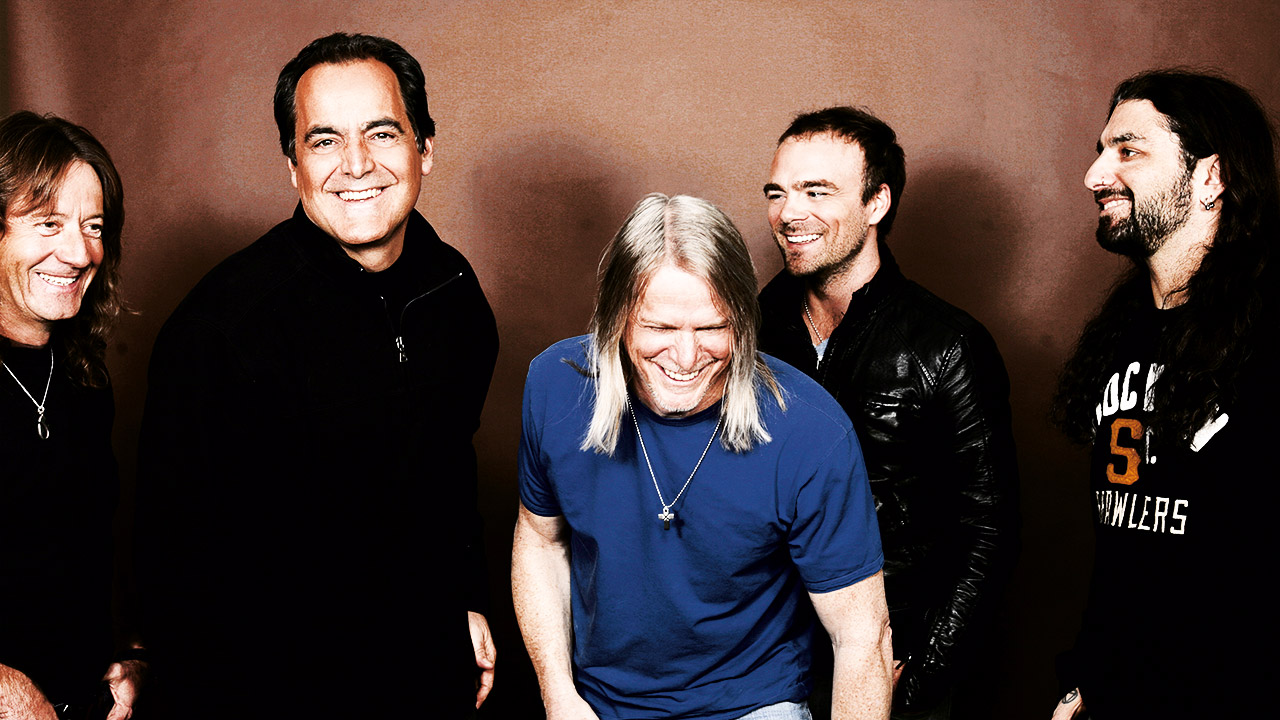
Neal Morse
Despite an extensive and varied personal discography and numerous previous collaborations with Dream Theater’s Mike Portnoy, Flying Colors marks a personal first for former Spock’s Beard leader Neal Morse.
“I’ve never worked with a producer before,” he says almost sheepishly, in reference to Peter Collins. “I’ve always been the guy that makes those final decisions – not that I tend to run things with an iron fist or anything, but I’ve never had somebody on the other side of the glass to call the shots. It was a completely new experience for me.”
Would Morse describe it as pleasurable? “Oh man, it was a blast. It’s great when the weight of something like that is removed from your shoulders. Not getting your own way can be difficult for someone like me, but Peter was an amazing guy to work with.”
As alluded to elsewhere, Portnoy and Morse could hardly be described as strangers, but Morse enjoyed getting to know the rest of the characters involved in Flying Colors.
“It was very different [to prog supergroup Transatlantic] because a new band always involves fresh personalities,” he points out. “The whole dynamic alters, so this project was unique on so many different levels.”
The band’s mission statement describes them as “virtuoso musicians and a pop singer joining together to make new-fashioned music the old-fashioned way,” and Morse is quick to single out vocalist Casey McPherson for special praise.
“Not to plug the TV show of the same name, but Casey brought the X factor to Flying Colors,” he says. “The idea of having an actual singer, as opposed to a musician that sang, really opened up a whole other world.”
Sign up below to get the latest from Prog, plus exclusive special offers, direct to your inbox!
The accessibility of McPherson’s voice offers the group commercial crossover appeal. “But, more than that, his lyrics added depth,” stresses Morse. “Casey is a songwriter too, so he brought a lot of different elements to the table.”
The record’s unsung hero is its executive producer, Bill Evans, who not only introduced many of the protagonists to each another, but also handled the logistics surrounding the recording, amid a myriad of other backroom tasks.
“Bill’s a great guy,” enthuses Morse. “I met him through Kerry Livgren [of Kansas] when we were working on my Testimony album. Kerry said Bill had helped him in so many areas, such as getting gear and with management. So I gave him a call. Slowly but surely we became involved. It was Bill who pitched me the idea of making a record with Steve Morse which, of course, I was very ready to jump onto. Opportunities like those don’t come along every day.”
Aside from the blatant marketability of its material, perhaps another surprising aspect of the Flying Colors album is the concise nature of its selections. Most of them come in at three, four or maybe five minutes; Blue Ocean hangs around for a full seven. But the band do a sterling job of reining back in the excess tendencies displayed in Transatlantic until the final track, Infinite Fire, which begins with an almost Procol Harum-ish overture and clocks in at 12 minutes and two seconds.
“Before getting into the tracking, nobody made a decision [to keep the songs short]; we just let go and whatever happened, happened,” explains Morse of this uncharacteristic brevity. “That’s what felt right with this group of people. There was no agenda.”
As the recording sessions went on, Portnoy posted a daily progress diary on his website. The entries were so full of enthusiasm and joy, it seemed like the band were surprising themselves with their achievements.
“Yeah, that’s right,” agrees Morse. “There were definitely moments when you stood back and went: ‘Wow!’ Quite a few of them, actually.”
Depending upon the reaction to the album and, of course, the availability of the five group members, there’s a very strong possibility that Flying Colors will perform live.
“I’m probably the least busy of us all, but my time as a road dog is long gone,” chuckles Morse. “These days I like to be with my family. Three weeks is about the most that I can manage, so I really don’t know how that will work out. Everybody has so many commitments, it remains to be seen whether there will be a window that suits us all.”
Should this opportunity arise, another question that arises is whether the band would have to flesh out the show with material by Dream Theater, Spock’s Beard, Purple and Transatlantic.
“You know what? I hadn’t even thought about that,” responds Morse, sounding taken aback. “But in an ideal world, of course I’d love to do some dates with the band.”
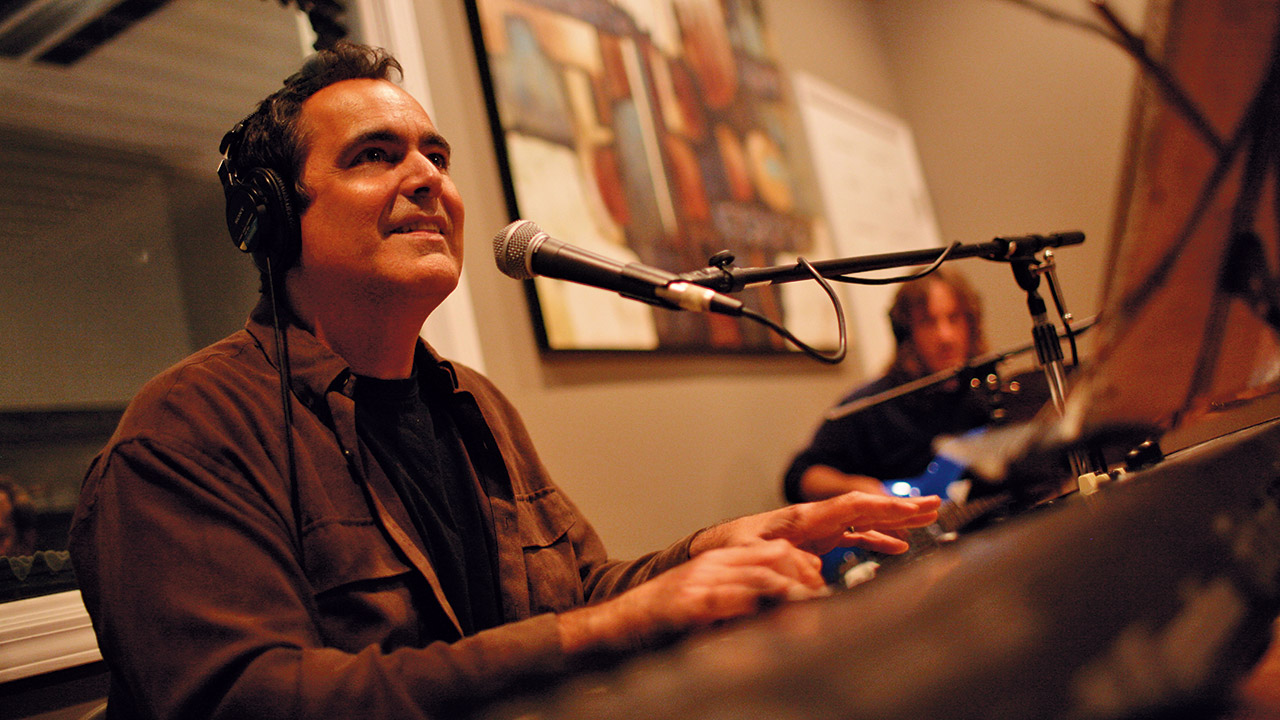
Mike Portnoy
The whole Flying Colors concept basically stemmed from Neal and Steve starting work together. Then, once we had the four of us, we wanted to get a separate singer as all along we knew Neal was going to be more of a supporting player. I brought up the idea of Casey McPherson because I had been a friend and fan of Casey’s for years now and loved his work in Endochine and Alpha Rev. It’s really hard to put my finger on it musically though, as every song has a very different style to it and it’s something that’s unlike Neal, Steve, Dave or myself have ever done. It’s
more song-oriented, alternative pop with a progressive edge. On top of that, it was great to have Peter Collins producing, as he has produced so many great Rush albums as well as the classic Queensrÿche albums like Operation: Mindcrime and Empire.
“Everything I am doing is purposely very different, as if I wanted to keep doing what Dream Theater do then I’d still be in Dream Theater. I wanted to explore other things musically with different types of singers, instrumentation and musical influences. Although I love progressive metal and it’s a huge part of my background it’s not the only thing I do. Now it’s about exploring different territory and different sides of my musical tastes, which are incredibly broad.”
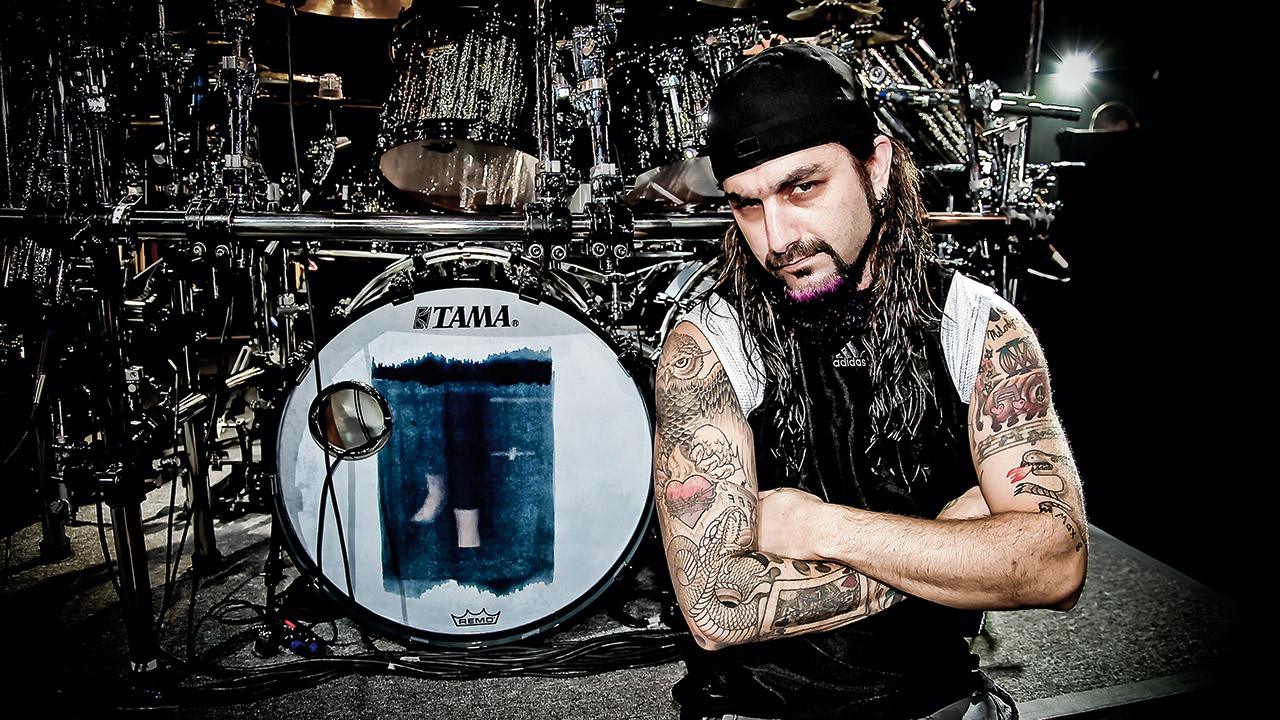
Steve Morse
What’s gone almost unknown until now is that Kerry Livgren almost became a member of Flying Colors. Livgren and Morse, Deep Purple’s current guitarist, had worked together in Kansas during the 1980s.
“The album’s executive producer [Bill Evans] wanted to put me together with Kerry again in some sort of writing project with Neal Morse,” explains Steve. “Neal and I came up with some song ideas, but when Kerry had his stroke, he couldn’t travel and it kinda ruled him out.” For the record, nothing composed with Livgren made it onto the record.
Morse continues: “So Bill suggested that we work with Mike [Portnoy] and of course after that we brought in Dave [LaRue, Morse’s bass player in Dixie Dregs], which gave us four members.”
It was Mike Portnoy’s masterstroke of adding Casey McPherson’s voice that transformed the group entirely. “Let’s face it, we’re not underwear models,” Steve laughs, adding: “Casey made the project real. He gave it direction. Suddenly our songs had the potential to become pop songs.”
Following Transatlantic’s modus operandi, the participants were encouraged to bring only song ideas to the sessions.
“Working things up in the studio is also how Purple does it, but I’ve never made an album in nine days before,” Steve grins. “With a group of guys that are very vocal about what they want, it sometimes became pretty hectic.”
With the above comment in mind, Morse volunteers: “I’m a big Rush fan, so I pushed pretty hard to have [producer] Peter Collins in there with us. He was very good at chiming in when we were in danger of losing the plot.”
Morse appreciates that the music on Flying Colors will come as a big surprise to some Prog readers, but he hopes those same potential fans will at least appreciate the risks involved.
“The easiest thing in the world would have been to make an album that slotted into the prog or hard rock genres, but that’s exactly what we didn’t want to do,” he wholeheartedly explains. “This was all about taking a few chances.”

David LaRue
“I’m absolutely thrilled with the Flying Colors album,” enthuses bass player Dave LaRue from his home in Florida when Prog calls. “It’s not what people might have expected of a band of personalities from Dream Theater, Deep Purple and all the rest, but I think it’s pretty unique.”
The shorter than usual songs – with the exception of the grandiose Infinite Fire – are bound to infuriate a few stopwatch-wielding purists.
“Yeah,” laughs Dave, “I hope that people approach it with an open mind because there are not too many prog rock epics. I’m pretty sure they will find something to sink their teeth into, though, because there’s a lot of great music. One of the things that I like most about the record is its diversity. It has something for everyone.”
Besides being a veteran of Dixie Dregs and the Steve Morse Band, LaRue has previously worked with Mike Portnoy in a Led Zeppelin tribute and also took part in a G3 tour with Dream Theater guitarist John Petrucci.
“I’d never heard of Casey McPherson or his band Alpha Rev until just before he arrived to join us,” Dave admits, “but boy… the guy has a truly incredible and versatile voice. He’s got a great future ahead of him.”
As the one who would slam his fist down on the console when a little authority and perspective was required, LaRue also singles out producer Peter Collins for praise.
“He’s a little too relaxed to be authoritarian, but that’s the role Peter played,” comments the bass player. “His suggestions in terms of audio quality and arrangements were always worth listening to.”
In progressive music especially there’s a worrying tendency for alleged supergroups to come and go within the space of a metaphorical heartbeat. Though it’s early days in their existence, Dave LaRue isn’t keen on such a fate befalling Flying Colors.
“Would I like us to make a second record, and a third?” he repeats, chewing it over. “At this point, I think everybody would like it to continue. We’re excited about doing some shows and of course there’s the whole promotional thing for the first record to deal with, but I definitely see Flying Colors as a band and not some side-project. Let’s take it one step at a time. It’s like a marriage; so far so good. I hope and expect that we’ll generate enough of a buzz to keep going.”
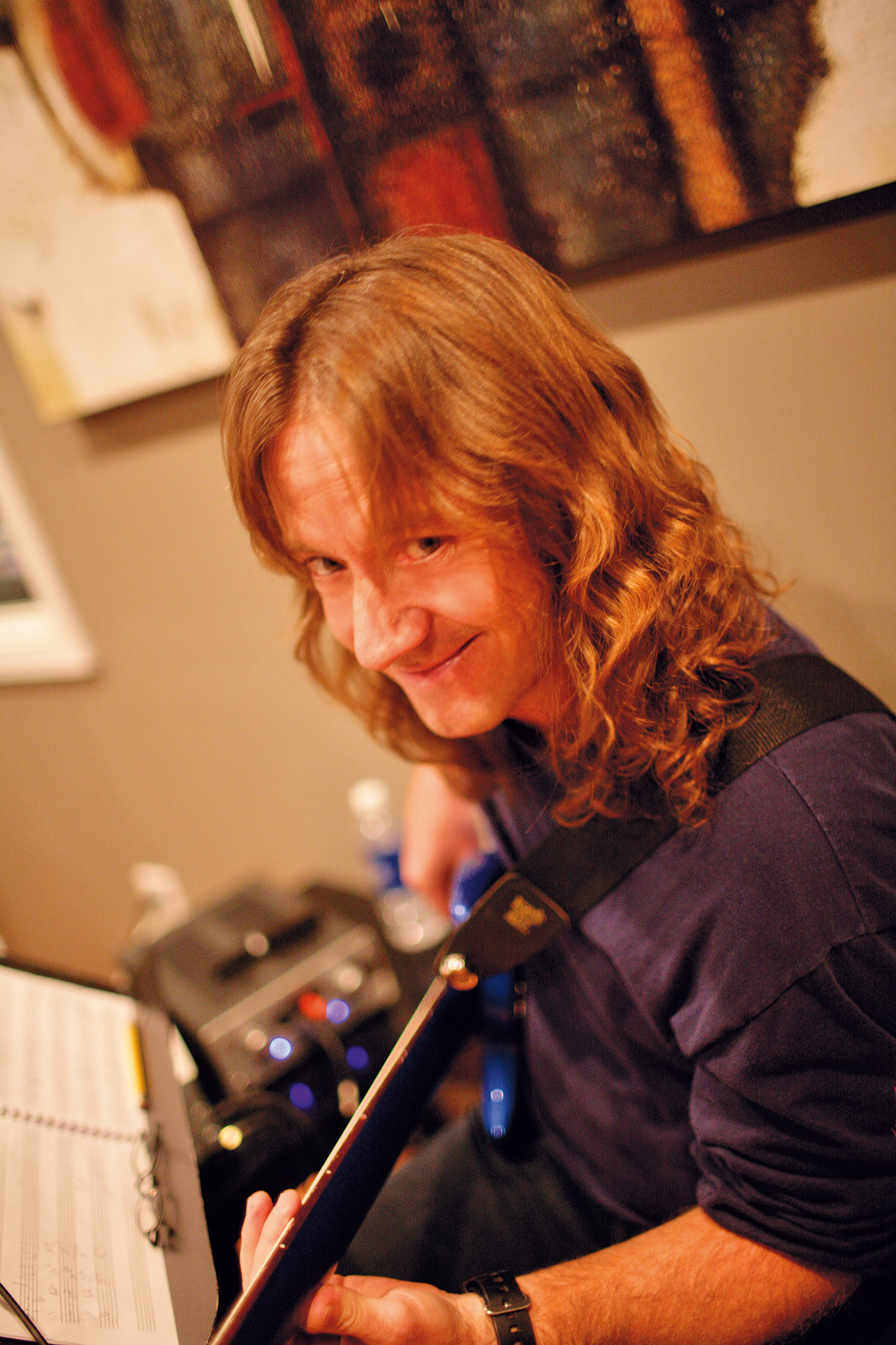
Casey McPherson
The frontman of a moderately successful alternative rock band called Alpha Rev, Casey McPherson might be the least recognisable member of Flying Colors, but as we have already surmised, his was the most pivotal contribution to the group’s record.
“Working with such a bunch of guys was an amazing experience; I had known of Dream Theater since I was a kid,” imparts Texan-born McPherson, still only 33. “When I found out a while ago that Mike [Portnoy] was a fan of the records I made with my previous band, Endochine, I just freaked out.”
So imagine the reaction when Portnoy invited McPherson to participate in Flying Colors. “I was elated but hoped that they wouldn’t give me the boot on my first day,” Casey half jokes, before becoming more serious. “No, I’m the kid in a band full of legendary guys, but I’ve been doing this professionally for 10 years and they made me feel very welcome.”
In what the singer terms “jumping from pop, to rock, to metal and folkier elements,” he was venturing into unknown territory. Just like Neal Morse, McPherson is used to being in charge of the music he makes. So taking more of a back seat role represented an enjoyable change, and one that he relished. “I found it pleasurable to be the singer and just one of the writers, and Steve Morse was especially encouraging to me. We would inspire each other with melodies, which helped to allay my fear.”
Besides which, starting almost from scratch to completion in just nine days meant there was no time for trepidation. “I’ve made demos that way before but never an album,” Casey retorts. “Although recording at the studio in Neal’s house and having his wife make dinner for us each night, and Pete [Collins] being there from the very beginning, was very conducive to creativity. There were no egos: It was just about the music. There was an incredible flow. We cranked out the songs every day. It was a magical, organic experience.”
It’s hardly surprising then that McPherson shares the rest of Flying Colors’ determination to perform their songs together onstage.
“We’re taking things one step at a time but if the record really registers with people then a tour would be the next logical step,” believes Casey. “Should a window open then we’ll definitely take it, because I’m convinced we can rock this record live.”
This article originally appeared in issue 24 of Prog Magazine.
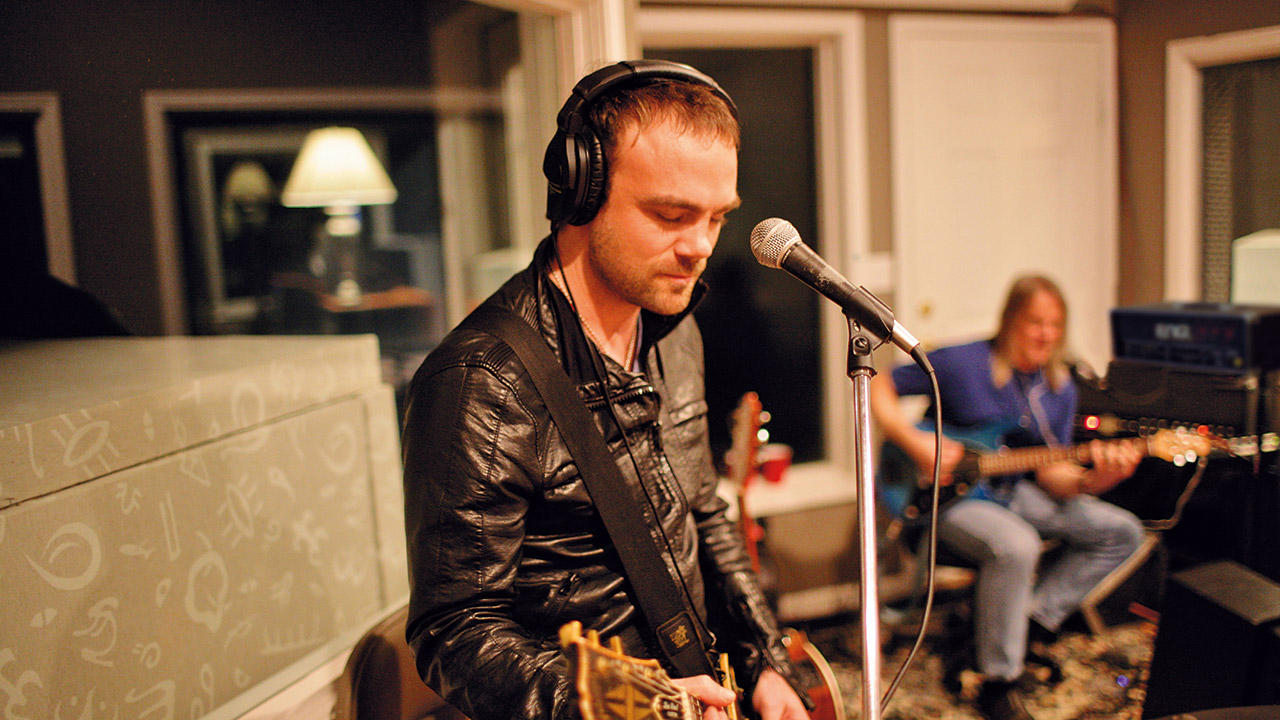
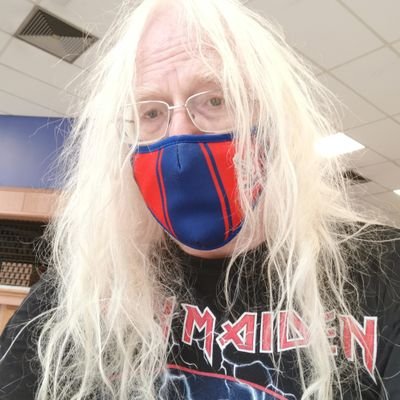
Dave Ling was a co-founder of Classic Rock magazine. His words have appeared in a variety of music publications, including RAW, Kerrang!, Metal Hammer, Prog, Rock Candy, Fireworks and Sounds. Dave’s life was shaped in 1974 through the purchase of a copy of Sweet’s album ‘Sweet Fanny Adams’, along with early gig experiences from Status Quo, Rush, Iron Maiden, AC/DC, Yes and Queen. As a lifelong season ticket holder of Crystal Palace FC, he is completely incapable of uttering the word ‘Br***ton’.
